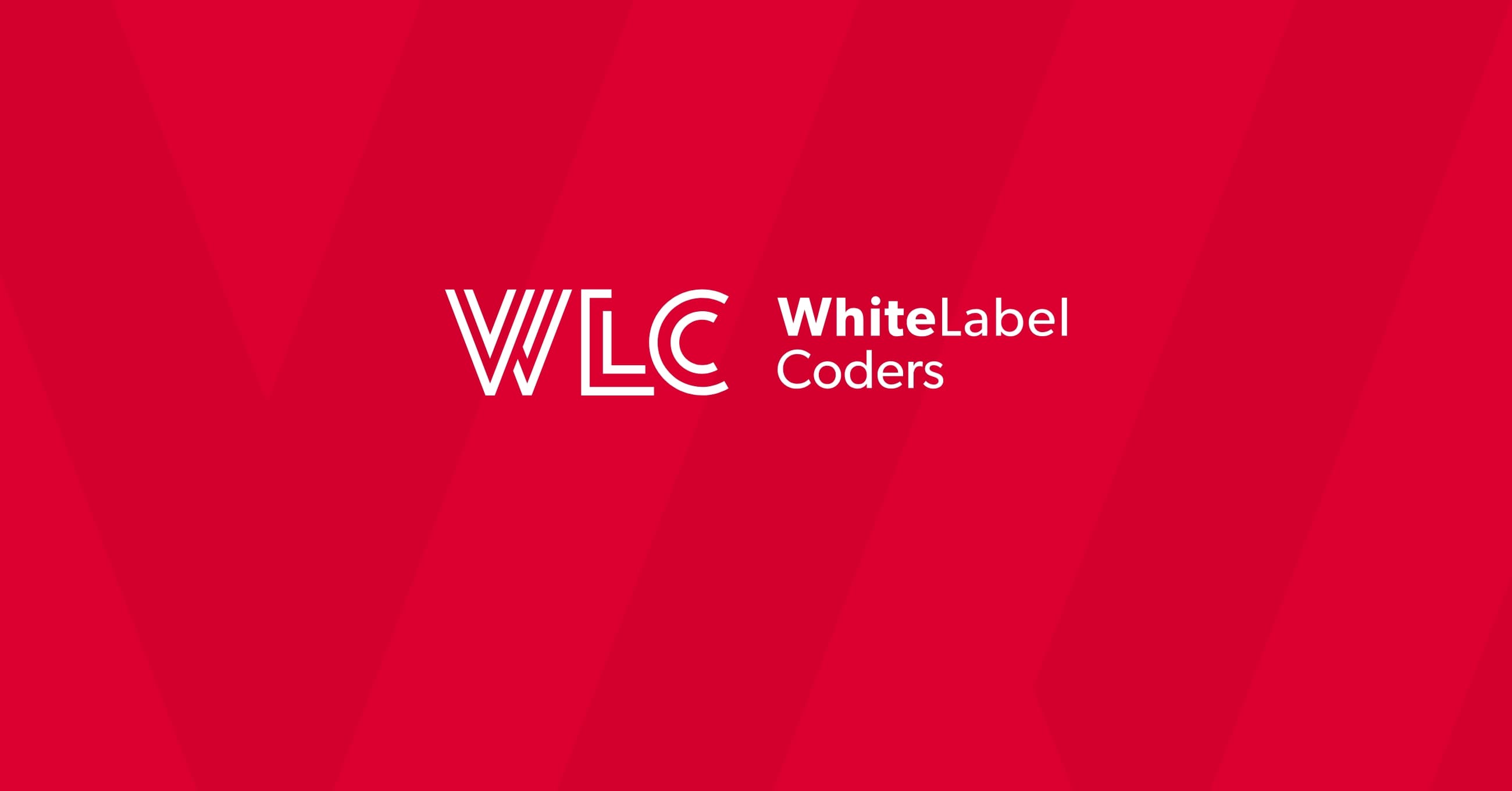Category: WooCommerce
How do I make WooCommerce look like Shopify?

Looking to combine the power of WooCommerce with the sleek, user-friendly appearance of Shopify? You’re not alone. While WooCommerce offers unmatched flexibility and ownership, many store owners prefer Shopify’s clean, intuitive interface. This intermediate-level guide will walk you through transforming your WooCommerce store to look and feel like Shopify without sacrificing any of WooCommerce’s robust capabilities. With about 5-8 hours of work (depending on your familiarity with WordPress), you’ll achieve a Shopify-like experience that your customers will love.
You’ll need these tools to get started:
- A functioning WooCommerce store
- Access to your WordPress admin panel
- Basic knowledge of WordPress customization
- A Shopify-inspired WordPress theme (recommendations below)
- Page builder plugin (such as Elementor or Beaver Builder)
Why transform WooCommerce to look like Shopify?
Combining WooCommerce’s powerful backend with Shopify’s sleek frontend gives you the best of both worlds. WooCommerce offers unparalleled flexibility but sometimes lacks the polished user experience that makes Shopify so popular with consumers. By transforming your WooCommerce store, you’ll benefit from:
- Complete ownership and control of your e-commerce platform without monthly subscription fees
- The extensive WooCommerce plugin ecosystem (over 55,000 extensions) while maintaining a Shopify-like appearance
- Unlimited customization options beyond what Shopify’s template system allows
- Lower long-term costs compared to Shopify’s subscription model
- The familiar WordPress admin experience for managing your store
This approach is particularly valuable for growing businesses that want to maintain control over their digital assets while providing customers with the intuitive shopping experience they expect from leading e-commerce platforms. WooCommerce development offers this exact flexibility without limitations.
Essential tools for Shopify-inspired customization
To achieve a convincing Shopify-like appearance for your WooCommerce store, you’ll need a combination of themes, plugins, and customization tools. Here’s what I recommend:
| Tool Type | Recommended Options | Purpose |
|---|---|---|
| Themes | Flatsome, Shopkeeper, Shoptimizer | Base theme with clean, Shopify-inspired layouts |
| Page Builders | Elementor Pro, Beaver Builder | Visual design and layout customization |
| UI Enhancement | WooCommerce Product Filter, Ajax Search Pro | Adding Shopify-like filtering and search |
| Checkout Enhancement | CheckoutWC, Fluid Checkout | Streamlining the checkout process |
| Product Display | YITH WooCommerce Quick View, Product Gallery Slider | Replicating Shopify’s product viewing experience |
The most critical component is selecting the right foundation theme. Look for themes specifically designed to replicate the Shopify experience or that offer a clean, minimal aesthetic that can be customized to match Shopify’s look and feel. Responsive design capabilities should be a primary consideration when choosing your theme.
Consider hiring WooCommerce development experts if you want a perfectly customized solution without handling all the technical details yourself.
Customizing your WooCommerce store interface
With your tools in place, it’s time to transform the core UI elements of your WooCommerce store. Focus on these key areas to achieve a Shopify-like interface:
Header and Navigation
Shopify stores typically feature clean, minimal headers with a centered logo, simple navigation menu, and prominent cart/search icons.
- In your theme’s customizer, adjust the header layout to center your logo
- Simplify your main navigation to include only essential categories
- Add a prominent search icon and cart icon with item count in the top right
- Implement a sticky header that remains visible while scrolling
Product Grid Styling
Shopify’s product grids feature consistent image ratios, clean spacing, and minimal but effective product information.
- Set uniform product image dimensions (1:1 ratio works best)
- Display only essential information: title, price, and a simple “Add to Cart” button
- Add hover effects that enhance but don’t overwhelm (quick view, alternate images)
- Implement a clean grid with adequate whitespace between products
For more complex customizations, you might need to add some custom CSS. Access your theme’s Additional CSS section and add code like this to refine your product grid:
.products li {
border-radius: 3px;box-shadow: 0 5px 15px rgba(0,0,0,0.1);
}
The checkout experience is crucial for conversion rates. Use a plugin like CheckoutWC to create a streamlined, distraction-free checkout process reminiscent of Shopify’s efficient system.
How to replicate Shopify’s product page layout
Shopify’s product pages are known for their clean layout, prominent imagery, and conversion-focused design. Here’s how to recreate this experience in WooCommerce:
Image Gallery Configuration
Shopify’s image galleries typically feature a large main image with thumbnails underneath or to the side:
- Install a product gallery enhancement plugin
- Configure gallery to show a large featured image with thumbnails below
- Enable image zoom on hover and lightbox on click
- Ensure all product images maintain consistent dimensions
Product Information Layout
Structure your product information in this order to match Shopify’s intuitive layout:
| Element | Position | Best Practice |
|---|---|---|
| Product Title | Top of information column | Clear, large font with adequate spacing |
| Price | Directly below title | Prominent, with sale price highlighted differently |
| Short Description | Below price | Concise benefit-focused text |
| Variations | Middle section | Clean selector buttons rather than dropdowns when possible |
| Add to Cart | After all options | Full-width, high-contrast button |
| Extra Information | Below Add to Cart | Collapsible tabs or accordion for specifications, shipping, etc. |
For the buy button, make it stand out with a high-contrast colour that matches your brand. The “Add to Cart” button should be impossible to miss and ideally include subtle animation on hover to encourage clicks.
Implementing a clean reviews section below the product information completes the Shopify-like layout. Consider adding a “verified buyer” badge to enhance trust.
Enhancing mobile responsiveness like Shopify
Shopify excels at mobile responsiveness, and your WooCommerce store should too. With over 50% of e-commerce traffic coming from mobile devices, this aspect cannot be overlooked:
Testing and Optimization
Use these techniques to ensure your mobile experience matches Shopify’s high standards:
- Test your store on multiple devices (not just emulators)
- Pay special attention to product images and how they render on smaller screens
- Ensure tap targets (buttons, links) are at least 44×44 pixels for comfortable tapping
- Optimize your mobile checkout flow to minimize form fields and distractions
- Implement a simplified mobile menu that’s easy to navigate with one hand
Shopify’s mobile experience features a persistent “Add to Cart” button that remains visible as users scroll through product details. This can be replicated in WooCommerce with custom CSS and JavaScript or through specialized plugins that create sticky add-to-cart bars on mobile.
Remember that professional WooCommerce development can ensure your mobile experience is flawless across all devices.
Troubleshooting common customization issues
Even with careful implementation, you may encounter challenges when transforming your WooCommerce store. Here are solutions to common problems:
Theme Conflicts
If your Shopify-inspired customizations conflict with your theme:
- Use !important CSS declarations sparingly but strategically to override theme styles
- Consider creating a child theme to make sustainable customizations
- Use browser developer tools to inspect problematic elements and identify conflicting styles
Plugin Compatibility
When plugins don’t play nicely together:
- Deactivate plugins one by one to identify which combination is causing issues
- Check for alternative plugins that offer similar functionality but better compatibility
- Keep all plugins updated to their latest versions
Performance Issues
If your customized store loads slowly:
- Optimize images before uploading them to your store
- Use a caching plugin to improve load times
- Minimize custom code and avoid adding unnecessary JavaScript libraries
- Consider a performance-focused hosting provider specializing in WooCommerce
If you encounter persistent issues, consulting with WooCommerce specialists might be more cost-effective than spending hours troubleshooting complex problems yourself.
Next steps: optimizing your Shopify-styled store
Once your WooCommerce store has Shopify’s look and feel, focus on these ongoing optimizations:
Performance Maintenance
Maintain your store’s speed and responsiveness with these practices:
- Regularly update themes and plugins (test updates on a staging site first)
- Monitor site performance using tools like Google PageSpeed Insights
- Periodically review and optimize your product images and media files
- Consider implementing a content delivery network (CDN) for improved global performance
Security Considerations
Protect your customized store with these security measures:
- Implement strong admin passwords and two-factor authentication
- Keep WordPress core, WooCommerce, and all plugins updated
- Use a security plugin to monitor and protect your store
- Perform regular backups of your customized store
Remember that the e-commerce landscape is constantly evolving. Schedule quarterly reviews of popular Shopify stores to identify new UI/UX trends you might want to incorporate into your WooCommerce store.
By following this guide, you’ll achieve a Shopify-like experience while maintaining all the benefits of WooCommerce’s flexibility and ownership. The result? A store that combines the best of both platforms, giving your customers a familiar, user-friendly shopping experience while providing you with complete control over your e-commerce business.

